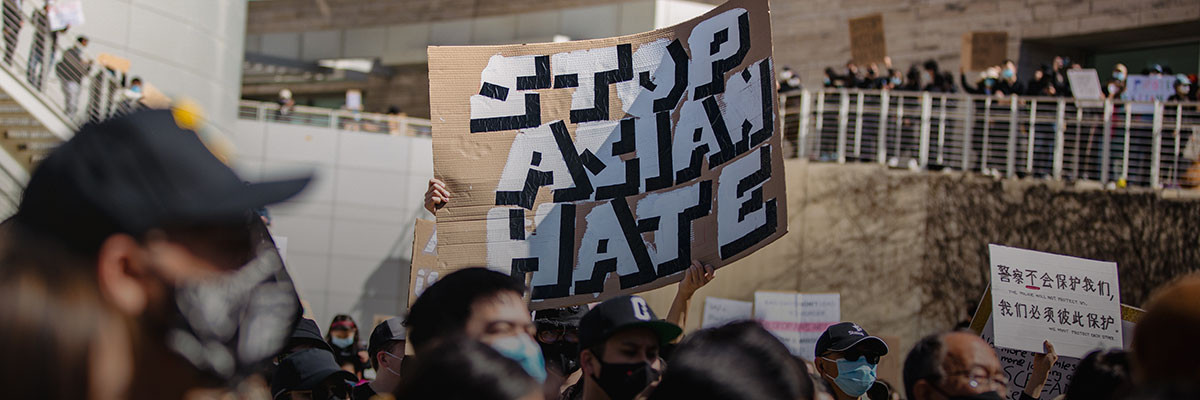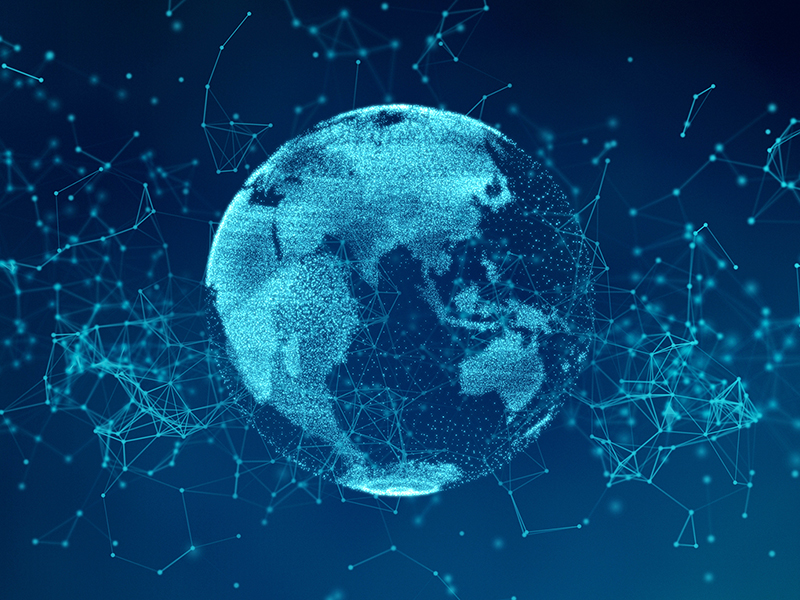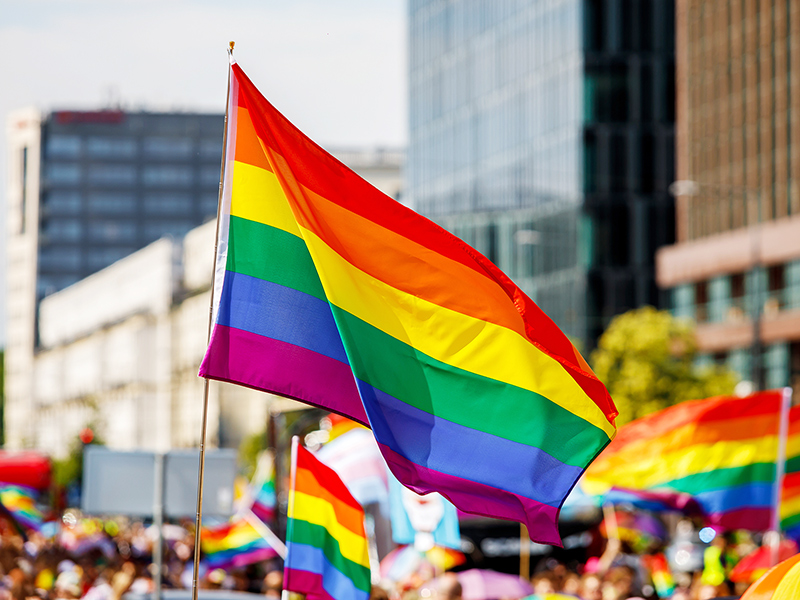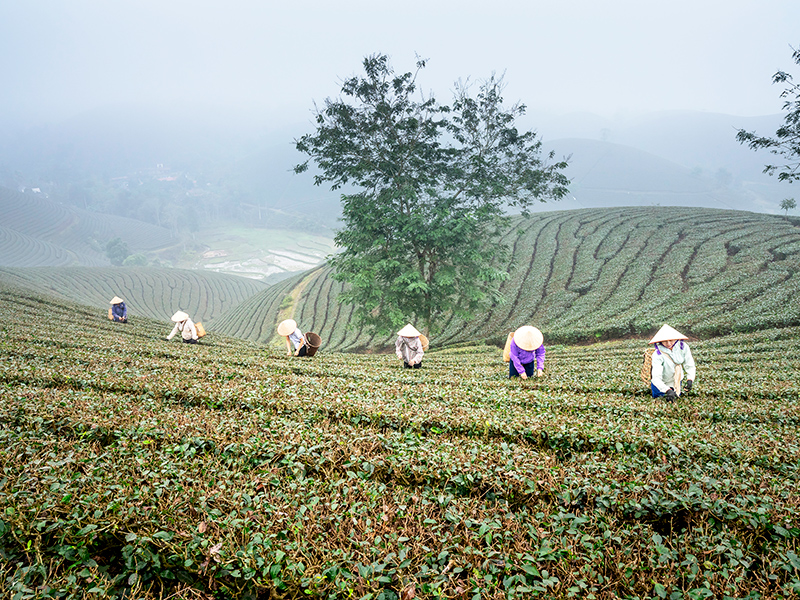
Photo by Jason Leung on Unsplash
Authors
-
Aimee Louise Bataclan
Former Manager, Communications and Marketing, BSR
“Our community is being attacked. We are dying to be heard.”
In February 2021, civil rights activist Amanda Nguyen went viral. In a social media video—which has received more than 52,000 likes—she called on mainstream media networks to cover violent attacks on elderly Asian Americans.
It worked.
Major news outlets drove attention to the spike in hate crimes against Asian Americans over the past year, noting that advocacy group Stop AAPI Hate received reports of more than 3,800 hate incidents since the start of the COVID-19 pandemic.
Yet as the #StopAsianHate movement garnered support from business, policymakers, celebrities, and the wider public, the violence continued. In March, a shooting rampage in Atlanta targeted Asian-owned businesses and killed eight people, six of them women of Asian descent.
Groups have attributed the sharp increase in hate crimes against the Asian American Pacific Islander (AAPI) community in part to the xenophobic rhetoric of former U.S. President Trump. However, AAPI racism is not new.
As the U.S. celebrates AAPI Heritage Month this May, there is an opportunity for business leaders to learn more about the AAPI experience and help to build a more just, sustainable, and inclusive world—beginning in the workplace.
Understanding the Diversity within the AAPI Community
Employees are one of the most important stakeholder groups to any business. While you may list AAPI staff in just one or two boxes in the EEO-1 documents, it’s important to remember how broad and far-reaching the term AAPI is.
The term AAPI accounts for more than 24 million people in the U.S., whose origins span East Asia, Southeast Asia, the South Asian subcontinent, Polynesia, Micronesia, and Melanesia. AAPIs can include first generation immigrants or those whose families have been in the U.S. for generations, and come from varied income levels and education backgrounds. It’s also important to remember that AAPI experience in the U.S. will be different than those of Asian or Pacific Islander colleagues based in other countries.
Recognizing this diversity of cultures and experiences is necessary to connect and engage with colleagues, clients, and community members of AAPI descent. When crafting diversity, equity, and inclusion (DEI) strategies, there is no one-size-fits-all approach to working with AAPIs.
Confront Existing Biases about Asian Americans and Pacific Islanders
As the past year has brought to light, there is a long way to go to achieving racial justice in the U.S. And as the recent hate crimes have demonstrated, many communities suffer from racist violence.
Most companies have systems in place to deal with overt discrimination and racist acts. Creating truly inclusive workplaces, however, involves confronting individual bias—even those that could be perceived as ‘positive.’ The model minority myth—the belief that Asian Americans have overcome discrimination and are more successful than other ethnic minorities—is problematic for multiple reasons.
Primarily, it perpetuates many of the stereotypes that lead to microaggressions in the workplace: they excel at science and math, they are good workers but not leadership material, and there are expectations around being quiet and docile. Other common workplace microaggressions include the constant questioning over “Where are you really from?” and “How do you speak English so well?” or confusing Asian employees for one another.
Learning about these biases is important not just for leadership and managers, but for all colleagues to understand any stereotypes or prejudices they may have about AAPIs. Without this shared understanding about implicit biases, it is impossible to make meaningful progress on social and racial justice.
Apply a Lens of Equity and Inclusivity across Sustainable Business Practices
A company’s commitment to racial justice does not exist in a vacuum, separate from business strategy or sustainability practices. In fact, a business can only fulfil its commitment to racial justice if it takes diversity, equity, and inclusion (DEI) action beyond its human resources practices.
As BSR’s Diversity, Equity, and Inclusion Director L. Simone Washington has written, DEI is “a philosophy that permeates throughout a company’s business operations,” and business should apply “a critical lens to its policies, practices, and programs and to identify how it can be more inclusive and create opportunities for those who are systematically marginalized.”
This can include ensuring that business climate plans advance climate justice solutions, assessing how products and operations may disproportionately impact a group of people, applying intersectional approaches to gender equality programs, and more.
What’s Next
Over the past year, we have seen companies across all industries make statements in support of racial justice—from #BlackLivesMatter in June 2020 to #StopAsianHate in March 2021. Some have even put forth commitments related to hiring, promotion, investment, and sourcing to advance diversity and equity goals. Still, there is more work to be done—to address systemic racism, to build Black wealth, to destroy the model minority myth.
One immediate action business can take to support the Asian-American community is to support federal legislation to address anti-Asian American hate crimes. The bill passed in the U.S. Senate in April and is expected to face a House vote this month.
As BSR continues to work with member companies, the business community, and partners to build a more just, sustainable world, we seek to actualize a vision for equity and inclusion. We hope you will join us.
BSR’s latest sustainability insights and events straight to your inbox.
Topics
Let’s talk about how BSR can help you to transform your business and achieve your sustainability goals.







